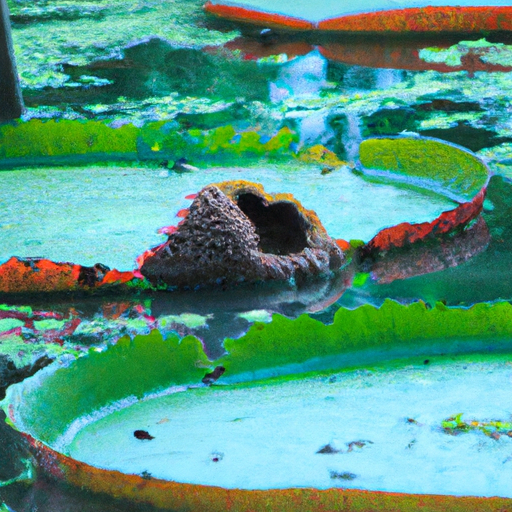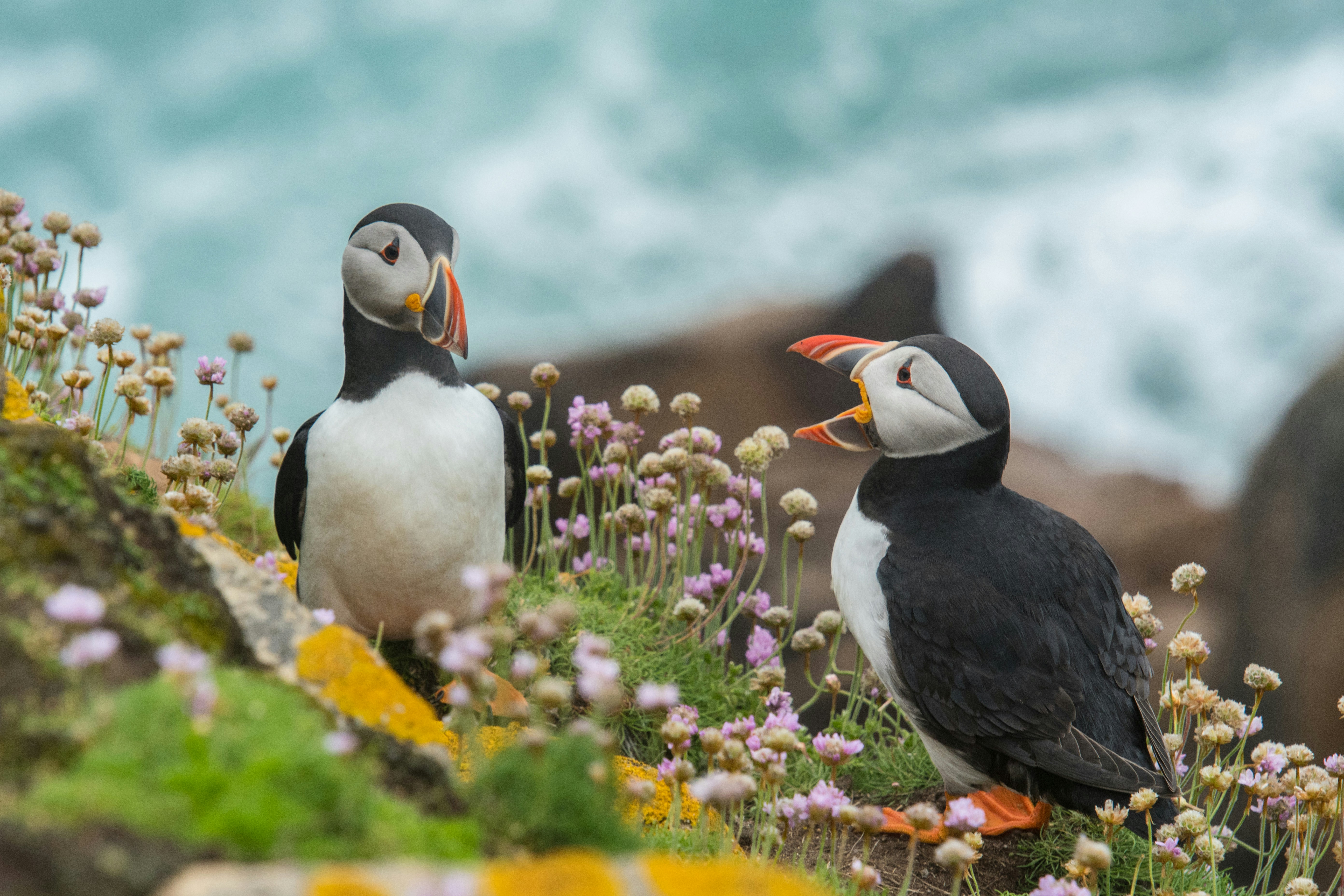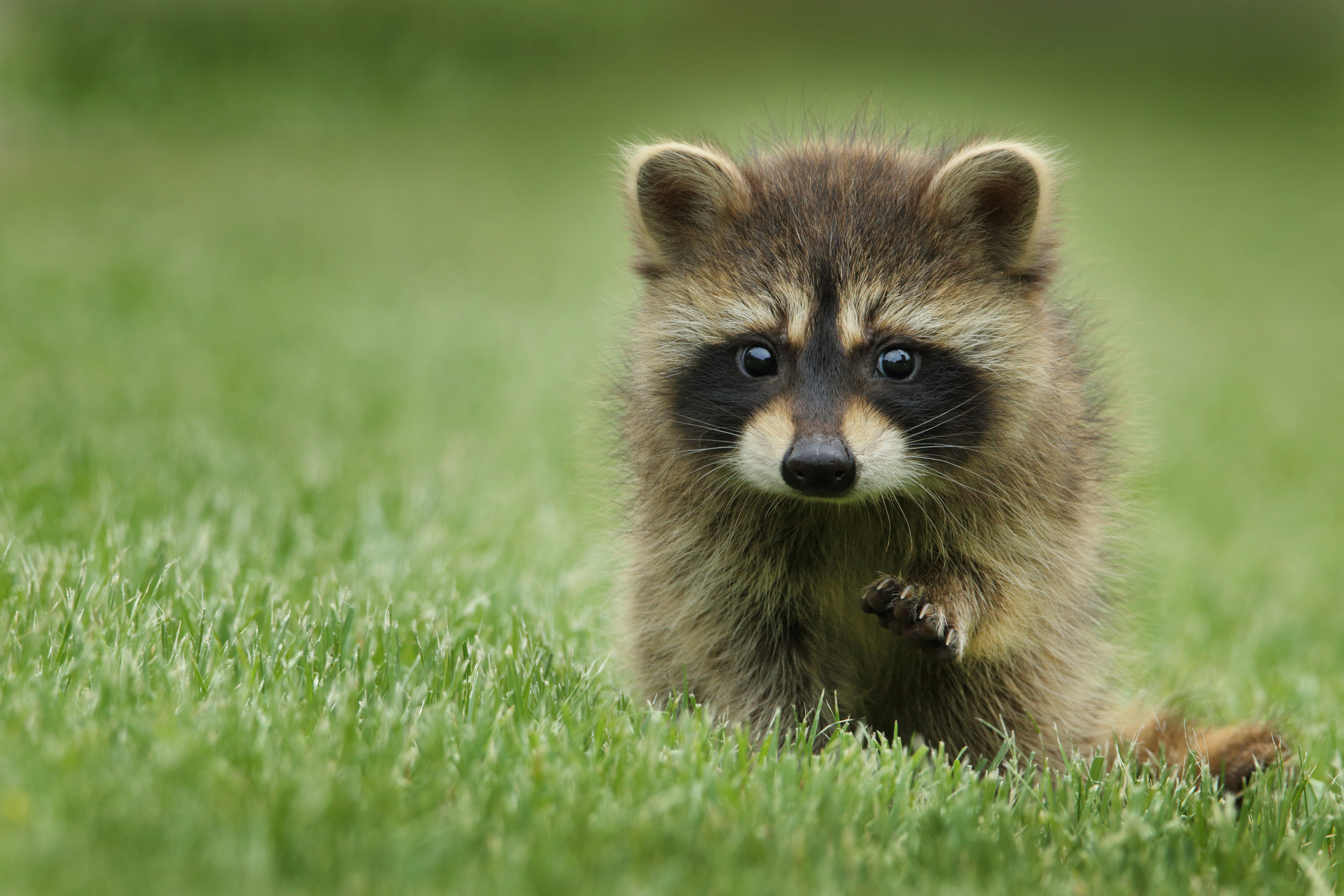Are you fascinated by the intriguing and unique capybara? Look no further! This article presents a comprehensive guide to finding these fascinating creatures. Whether you’re an animal enthusiast or simply curious about these giant rodents, this guide will provide you with valuable information on where to find capybaras and how to make the most of your experience. So, grab your binoculars and get ready to embark on an exciting quest to encounter these captivating creatures in their natural habitat!
1. Introduction
Welcome to the comprehensive guide on finding and understanding capybaras! If you’ve ever been captivated by these adorable creatures and are considering having one as a companion, then you’ve come to the right place. Capybaras, the largest rodents in the world, are fascinating animals with unique characteristics and care requirements. In this article, we will delve into various aspects of capybaras, from their physical description and diet to legal considerations and where to find them in the wild or in captivity. So, let’s embark on this capybara adventure together!
2. Understanding Capybaras
2.1 What are Capybaras?
Capybaras, scientifically known as Hydrochoerus hydrochaeris, are captivating creatures native to South America. They are semi-aquatic mammals, often found near bodies of water such as rivers, lakes, and marshes. With a reputation for being gentle and social animals, capybaras are highly sociable and live in groups called colonies. These herbivores are known for their unique ability to bond with other animals, making them excellent companions for both humans and other pets.
2.2 Physical Description
Imagine an animal that looks like a giant guinea pig, and you’ve got a good mental image of a capybara! These extraordinary creatures can grow up to 4 feet (1.2 meters) in length and reach an average weight of 100 pounds (45 kilograms). Sporting short, coarse hair that varies in shades of brown, they have sturdy bodies designed perfectly for their semi-aquatic lifestyle. Capybaras also possess slightly webbed feet and eyes positioned on the top of their heads, allowing them to stay alert while partially submerged in water.
2.3 Diet and Behavior
As herbivores, capybaras have a diet that primarily consists of vegetation. They graze on grasses, aquatic plants, and even bark during scarce times. Capybaras possess unique digestive systems that enable them to extract valuable nutrients from plant material. They will spend a significant portion of their day feeding and can consume large quantities of food due to their size.
In terms of behavior, capybaras are known for their friendly and gentle nature. They enjoy staying in groups, forming strong social bonds within their colonies. These sociable animals are often seen lounging, bathing, or simply relaxing near water bodies. Their calm demeanor and the ability to adapt to various environments make them a popular choice for people looking for a unique and affectionate pet.
3. Legal Considerations
3.1 Laws and Regulations
Before embarking on your search for a capybara, it is crucial to familiarize yourself with the laws and regulations regarding their ownership in your area. While capybaras can be kept as pets, different countries or regions may have specific laws regarding their possession. It is essential to ensure compliance with regulations to avoid legal complications and ensure the well-being of these animals. Research and contacting local authorities, such as animal control or wildlife agencies, can provide you with the necessary information.
3.2 Permits and Licenses
In addition to understanding the laws, some regions might require individuals to obtain permits or licenses for owning a capybara. These documents are often issued by wildlife or agricultural departments and may involve certain requirements, such as specific enclosures, safety measures, or veterinary inspections. Obtaining the necessary permits and licenses is essential for creating a safe and legal environment for both you and your capybara.
4. Finding Capybaras in the Wild
4.1 Native Habitats
If observing capybaras in their natural habitat is your goal, South America is the place to be! Capybaras are predominantly found in countries such as Brazil, Venezuela, Colombia, and Argentina. With a preference for tropical and subtropical regions, they thrive in areas with abundant water sources. National parks and wildlife reserves within these countries are excellent locations for sighting capybaras and appreciating their natural behaviors.
4.2 Signs of Capybaras
When exploring potential capybara habitats, it’s helpful to know the signs that indicate their presence. Look for tracks near muddy areas or riverbanks resembling large hoof prints. Capybaras will often leave behind round, pellet-like droppings near water bodies, which can also serve as an indicator of their activity. Additionally, keep an eye out for gnawed vegetation or partially eaten plants, as these are clear signs of their feeding habits.
4.3 Wildlife Observatories
To enhance your chances of spotting capybaras in the wild, consider visiting wildlife observatories or nature reserves that specialize in preserving and studying these unique animals. Educated guides or park rangers will provide valuable insights into capybara behavior and habitats, increasing your chances of sighting them in their natural environment. Remember to respect the animals’ space and observe from a reasonable distance to ensure their well-being.
5. Searching for Capybaras in Captivity
5.1 Zoos and Wildlife Parks
If witnessing capybaras up close and personal is a priority, visiting zoos and wildlife parks can offer an opportunity to admire these charming creatures. Many accredited zoos and wildlife parks around the world have capybara exhibits, allowing visitors to learn about their biology, behavior, and conservation efforts. These institutions often provide a safe and controlled environment for both capybaras and visitors, ensuring a positive and educational experience.
5.2 Exotic Pets Trade
For those interested in having a capybara as a pet, it is essential to explore the exotic pets trade. Some breeders specialize in breeding and selling capybaras for domestic ownership. However, it is crucial to approach this option with caution and thorough research. Responsible capybara breeders prioritize the well-being of the animals, provide proper care and socialization, and comply with legal requirements. Always choose reputable breeders and prioritize the welfare of these unique animals.
6. Connecting with Capybara Breeders
6.1 Online Resources
The internet can be a valuable tool when searching for capybara breeders. Various online resources, including websites, forums, and social media groups, provide platforms for connecting with breeders and enthusiasts. Engage in conversations with experienced capybara owners, seek recommendations, and gather valuable insights. Remember to verify the credibility of any breeders or information shared online to ensure the well-being of the animals and avoid potential scams.
6.2 Animal Breeder Associations
Another avenue to explore when connecting with capybara breeders is through animal breeder associations. These associations often have directories or listings of registered breeders who adhere to specific ethical standards and animal welfare practices. Engaging with reputable associations can provide peace of mind when searching for a capybara, as they typically ensure responsible breeding practices and prioritize the health and happiness of the animals.
7. Quality Research and References
7.1 Reputable Sources
When delving into the world of capybaras, it is crucial to rely on reputable sources for accurate and trustworthy information. Books, scientific journals, and official wildlife websites are excellent resources for expanding your knowledge about capybaras. Ensure the sources are written by experts in the field and are supported by scientific research or reliable firsthand experiences. By utilizing high-quality references, you can make informed decisions and ensure the best care for your capybara.
7.2 Expert Opinions
In addition to conducting your research, seeking expert opinions can further enhance your understanding of capybara care. Veterinarians specializing in exotic animals or professionals working with capybaras can provide valuable insights and guidance on their specific needs. Reach out to these individuals, attend seminars, or participate in educational workshops to connect with experts who can share their vast knowledge and experiences with these fascinating animals.
8. Assessing the Capybara’s Compatibility
8.1 Space and Enclosure Requirements
Capybaras have specific space and enclosure requirements that need to be met for their well-being. As semi-aquatic animals, they require access to water for swimming and cooling down. A large, secure outdoor enclosure with a swimming area is necessary to cater to their aquatic needs. Additionally, capybaras appreciate open space for grazing and exploring. It is essential to assess your living situation and available resources to determine whether you can provide an appropriate environment for a capybara.
8.2 Interactions with Other Animals
Consider the dynamics of your existing pets, if any, before bringing a capybara into your home. Capybaras are generally social animals and can form bonds with other animals, including dogs, cats, and even birds. However, it is crucial to introduce them gradually, under controlled circumstances, and monitor their interactions closely to ensure the safety and well-being of all animals involved. Always prioritize the comfort and compatibility of your pets when considering adding a capybara to your household.
9. Financial Considerations
9.1 Initial Cost
Acquiring a capybara involves several financial considerations. The initial cost depends on various factors, including whether you purchase a baby capybara or an adult, the breeder’s reputation, and the region you reside in. It is essential to budget for the capybara’s purchase price, which can range from several hundred to several thousand dollars. Additionally, factor in any necessary permits or licenses, enclosure setup costs, and transportation expenses when estimating the total initial cost.
9.2 Ongoing Expenses
Caring for a capybara entails ongoing expenses to ensure their health and well-being. These expenses include veterinary care, vaccinations, proper nutrition, and regular maintenance of the enclosure. Capybaras have specific dietary requirements and may need access to fresh vegetables, hay, and commercial chow. They also require regular veterinary visits for check-ups, vaccinations, and any unforeseen medical issues. Consider these ongoing expenses and ensure you have the financial means to provide proper care for your capybara.
11. Understanding the Responsibility
11.1 Commitment and Time
Bringing a capybara into your life is not a decision to be taken lightly. It is crucial to understand the commitment and time required for their care. Capybaras thrive on social interaction and require daily attention, including proper feeding, exercise, and mental stimulation. They also have a lifespan of around 8-12 years, meaning they can be long-term companions. Assess your lifestyle, daily schedule, and ability to meet their needs before considering bringing a capybara into your home.
11.2 Veterinary Care
Capybaras, like any other pets, require regular veterinary care to ensure their health and well-being. It is essential to find a veterinarian with experience in treating exotic animals or, ideally, capybaras specifically. Regular check-ups, vaccinations, and preventive healthcare measures are vital to maintain their overall wellness. Being prepared for potential health issues and having the financial means to provide necessary veterinary care is an essential responsibility when owning a capybara.
As you embark on your journey to find a capybara, ensure you thoroughly understand their unique characteristics, care requirements, and legal considerations. Research reputable sources, seek expert opinions, and assess your own capabilities and resources. By approaching this venture with knowledge, responsibility, and a sincere commitment to the welfare of these amazing animals, you can create a fulfilling relationship with your capybara companion that will bring joy and wonder into both of your lives.






